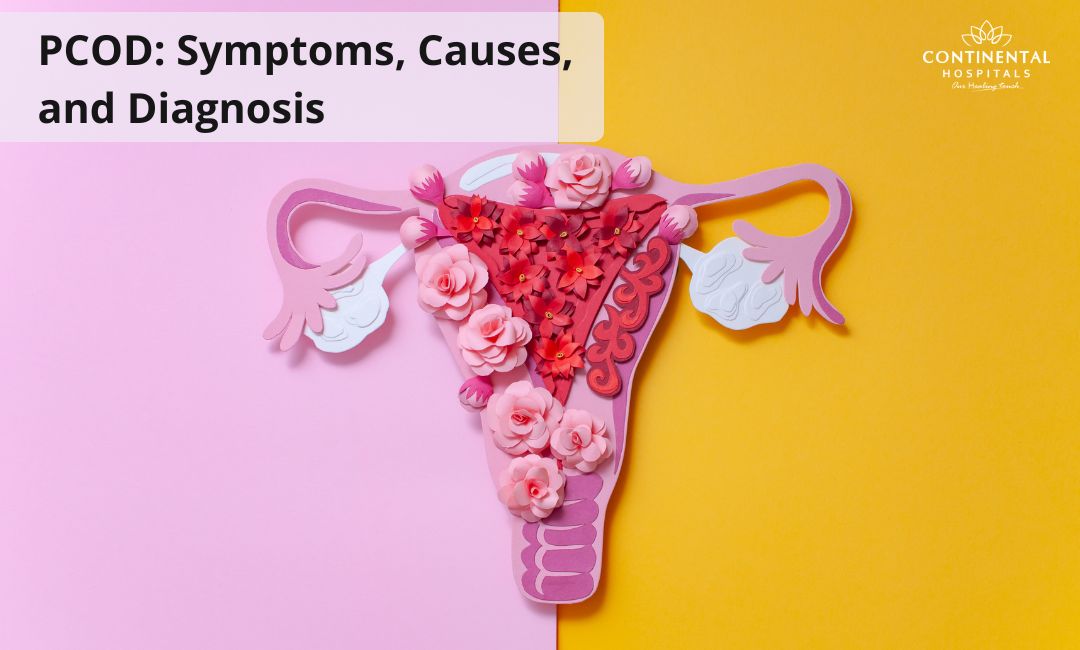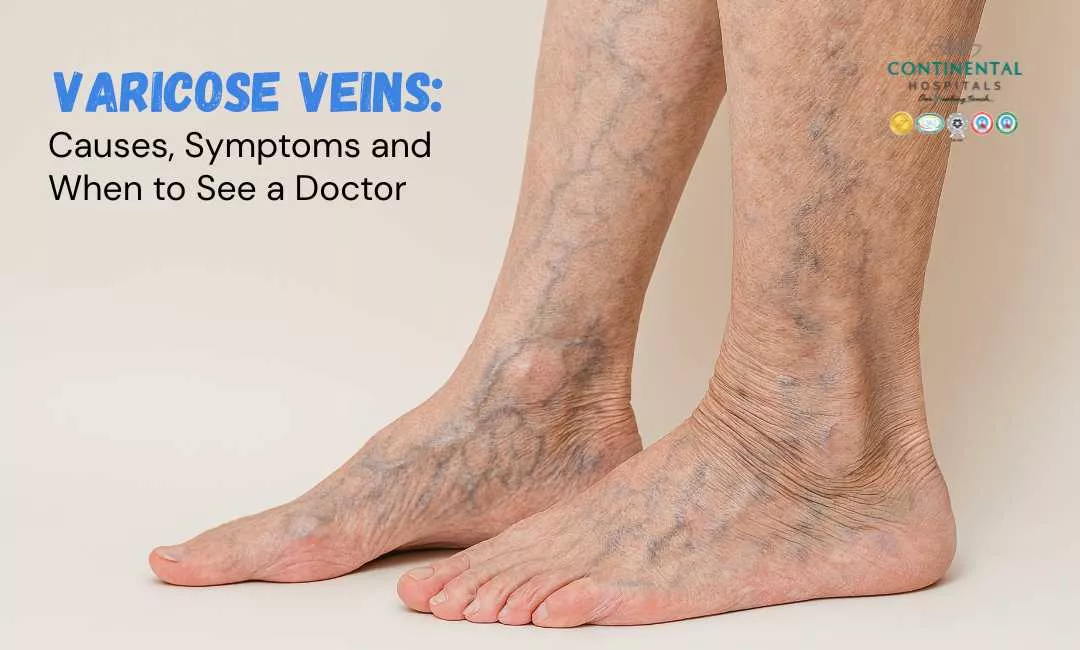Polycystic Ovarian Disease (PCOD), often used interchangeably with Polycystic Ovary Syndrome (PCOS), is a common endocrine disorder affecting women of reproductive age. Characterized by a range of symptoms and potential complications, PCOD impacts hormonal balance and can significantly influence overall health and well-being. This blog aims to provide a comprehensive overview of PCOD, including its symptoms, causes, and diagnostic approach.
What is PCOD?
PCOD is a condition in which the ovaries produce an excessive amount of androgens (male hormones) and can develop numerous small cysts on the ovaries. These cysts are typically fluid-filled sacs that can interfere with the normal functioning of the ovaries. Despite the name, the presence of cysts is not a definitive requirement for a diagnosis, as symptoms and hormonal imbalances are more critical.
Symptoms of PCOD
The symptoms of PCOD can vary widely among individuals, but common signs include:
- Irregular menstrual cycles
- Excess androgen levels (e.g., hirsutism, acne, oily skin)
- Polycystic ovaries (detected via ultrasound)
- Weight gain or obesity
- Infertility
- Thinning hair on the scalp
- Pelvic pain
- Skin issues (e.g., dark patches, skin tags)
If you suspect you may have PCOD or have concerns about your health, it's essential to consult with a Gynecologist.
🥗 Healthy Plate Challenge
🍽 Add Your Favorite Dish
Pick Your 6 favorite foods, eat, and see the results.Drag & drop foods onto your plate.
Drop Food Here
Causes of PCOD
The exact cause of PCOD is unknown. However, several factors contribute to its development:
Increased androgen levels: These male hormones can interfere with ovulation and cause cysts to form on the ovaries.
Insulin resistance: This can lead to increased androgen production.
Genetics: PCOD often runs in families, suggesting a genetic component.
Obesity: Excess weight can worsen PCOD symptoms.
Lack of physical activity: Regular exercise can help regulate hormones.
Diet: A diet high in processed foods and unhealthy fats can contribute to insulin resistance.
Diagnosis of PCOD
Diagnosing PCOD involves a combination of clinical evaluation, laboratory tests, and imaging studies.
Pelvic exam: To check for signs of increased androgen levels like excess hair growth, acne, or enlarged ovaries.
Blood tests: To measure hormone levels (like testosterone, LH, FSH), insulin resistance, and cholesterol levels.
Ultrasound: To examine the ovaries for the presence of cysts.
Treatment of PCOD
Lifestyle Modifications
Weight management: Losing even a small amount of weight can improve insulin resistance and ovulation.
Regular exercise: Physical activity helps regulate hormones and aids in weight loss.
Healthy diet: A balanced diet rich in fruits, vegetables, and whole grains can help manage blood sugar levels.
Medications
Birth control pills: Can regulate menstrual cycles, reduce androgen levels, and improve acne.
Metformin: Primarily used to treat type 2 diabetes, but can also help manage insulin resistance in PCOD.
Clomiphene or letrozole: Stimulate ovulation for women trying to conceive.
Anti-androgen medications: Can help reduce excess hair growth and acne.
Monitoring and Regular Check-Ups
Regular Medical Follow-ups: Monitoring symptoms and adjusting treatments as needed is crucial for managing PCOD effectively. Regular check-ups with a healthcare provider are essential.
Do's and Don't for PCOD
| Do's | Don't |
| Focus on low glycemic index foods | Limit intake of refined sugars and processed foods |
| Include lean proteins and healthy fats | Avoid excessive consumption of white bread, pastries, and sugary drinks |
| Aim for at least 30 minutes a day | Avoid long periods of inactivity and sedentary behavior |
| Engage in a mix of aerobic and strength training | Skip workouts or ignore physical activity |
| Work towards achieving and maintaining a healthy weight | Neglect the impact of excess weight on symptoms |
| Engage in activities like yoga, meditation, or hobbies | Avoid stress |
| Drink plenty of water throughout the day | Consume excessive caffeinated or sugary beverages |
How to Manage PCOD?
Activity Level: Engage in at least 30 minutes of moderate exercise most days of the week. Activities like walking, jogging, cycling, and swimming are beneficial.
Strength Training: Incorporate strength training exercises 2-3 times a week to improve insulin sensitivity and support weight management.
Relaxation Techniques: Practice stress-reducing techniques such as yoga, meditation, or deep-breathing exercises. Chronic stress can exacerbate PCOD symptoms.
Sleep Hygiene: Ensure you get 7-8 hours of quality sleep each night. Poor sleep can impact hormone levels and overall health.
Goal: Aim for a gradual weight loss if you are overweight. Even a modest reduction in body weight (5-10%) can improve symptoms and hormonal balance.
Monitoring: Regular visits to your healthcare provider for monitoring and managing PCOD symptoms are crucial. Follow prescribed treatments and recommendations.
Whole Foods: Focus on eating whole, unprocessed foods. Incorporate a variety of fruits, vegetables, whole grains, lean proteins, and healthy fats into your diet.
Portion Control: Be mindful of portion sizes to avoid overeating and support weight management.
Carbohydrates: Choose foods with a low glycemic index (GI) to help regulate blood sugar levels. Opt for whole grains, legumes, and non-starchy vegetables.
Avoid Sugary Foods: Limit the intake of refined sugars and high-GI foods like white bread, sugary snacks, and sugary beverages.
Water Intake: Drink plenty of water throughout the day to stay hydrated and support overall health. Aim for at least 8 cups per day.
.webp)














